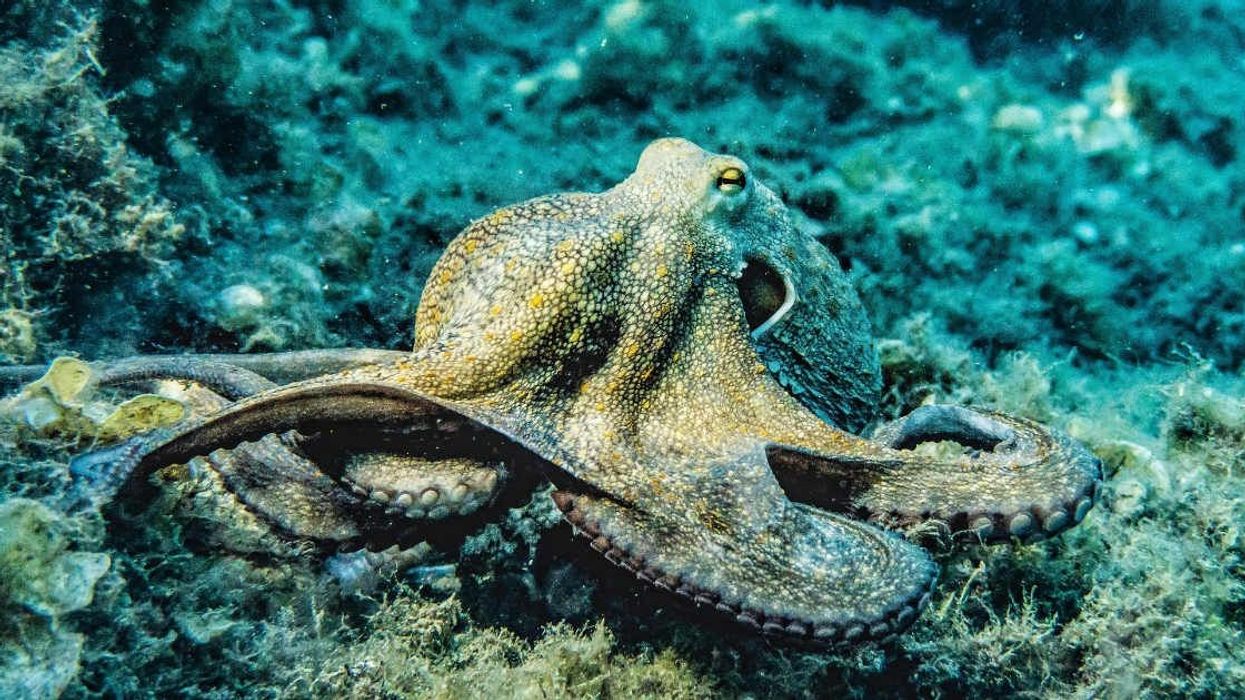By standard measures, there has never been more opportunity for girls to participate in youth and college sports than there was in 2016. This is positive, but normal. Participation numbers have steadily risen since the passing of landmark education legislation Title IX in 1972. Here’s where we stood this year:
•There were 3.3 million girl participants in high school varsity sports (compared to 4.5 million boys)
•Around 212,000 women played on NCAA sports teams (compared to 275,000 men)
•There were 10,449 women's college sports teams in NCAA divisions (compared to 9,057 men’s teams)
This four-decades-long growth is testament to the power of federal policy specifically designed to combat discrimination in education, but it also offers a limited picture of the problem. General statistics obscure the fact that the trend, at least on a high school level, is driven by schools that don’t represent the public, and often is not reflected in schools serving racially diverse communities.
In May, the Government Accountability Office released data showing that the number of public schools with over 75 percent black and Hispanic students nearly doubled between 2000 and 2014, now accounting for 16 percent of all public K-12 schools. Six decades after the Supreme Court ordered the desegregation of public schools in Brown v. Board of Education, resegregation is surging. And the GOA report shows that modern segregation, as in 1954, produces resource inequalities—these schools offer disproportionately fewer math, science, and college prep courses and have disproportionately higher rates of suspension and expulsion.
This unequal provision of school programs extends into sports—and disproportionately impacts girls of color. As the National Women’s Law Center reported last year, 40 percent of heavily minority schools (10 percent or less white) have large gender inequality in athletics, compared to just 16 percent of heavily white schools (90 percent or more white) schools. An athletic gender gap is considered to be “large” if the percentage of total spots on sports teams allocated to girls is at least 10 points lower than the percentage of girls attending the school.
Translating into real numbers, at heavily white high schools, there are 58 available spots on girls sports teams for every 100 students, while at heavily minority high schools there are just 25 spots per 100 students. Put simply, girls of color receive the fewest opportunities to play. The authors of the study offer a blunt conclusion, urging comprehensive policy reform:
Girls of color are finishing last when it comes to opportunities to play sports in school and missing out on the lifelong benefits that accompany athletic participation. While the playing field is far from level for girls in general, it is particularly uneven for girls in heavily minority schools. Tackling the problem will require policymakers at all levels—federal, state, and local—and communities to work together to increase opportunities for girls of color to play sports and be physically active. Doing so is not only required by law, but is also a critical investment in their future.
Continuing to increase investment in girls sports at all schools is important. But if we are truly committed to making youth sports accessible to girls—in the face of an incoming secretary of education whose policy preferences exasperated school segregation in Michigan—we can’t separate interscholastic athletic inequities from segregation. We also can’t cheer broad progress while ignoring that women of color are doubly marginalized in sport, shown even more recently in England’s latest national fitness survey.

















 Screenshots of the man talking to the camera and with his momTikTok |
Screenshots of the man talking to the camera and with his momTikTok |  Screenshots of the bakery Image Source: TikTok |
Screenshots of the bakery Image Source: TikTok | 
 A woman hands out food to a homeless personCanva
A woman hands out food to a homeless personCanva A female artist in her studioCanva
A female artist in her studioCanva A woman smiling in front of her computerCanva
A woman smiling in front of her computerCanva  A woman holds a cup of coffee while looking outside her windowCanva
A woman holds a cup of coffee while looking outside her windowCanva  A woman flexes her bicepCanva
A woman flexes her bicepCanva  A woman cooking in her kitchenCanva
A woman cooking in her kitchenCanva  Two women console each otherCanva
Two women console each otherCanva  Two women talking to each otherCanva
Two women talking to each otherCanva  Two people having a lively conversationCanva
Two people having a lively conversationCanva  Two women embrace in a hugCanva
Two women embrace in a hugCanva 
 A reddit commentReddit |
A reddit commentReddit |  A Reddit commentReddit |
A Reddit commentReddit |  A Reddit commentReddit |
A Reddit commentReddit |  Stressed-out employee stares at their computerCanva
Stressed-out employee stares at their computerCanva
 Who knows what adventures the bottle had before being discovered.
Who knows what adventures the bottle had before being discovered. 
 Gif of young girl looking at someone suspiciously via
Gif of young girl looking at someone suspiciously via 

 A bartender makes a drinkCanva
A bartender makes a drinkCanva